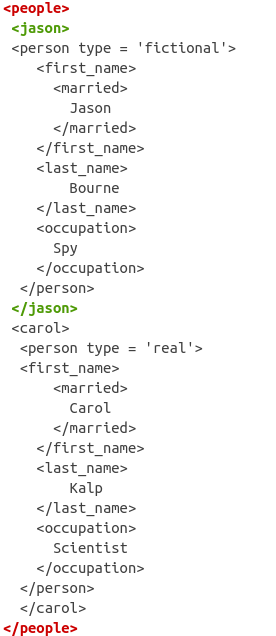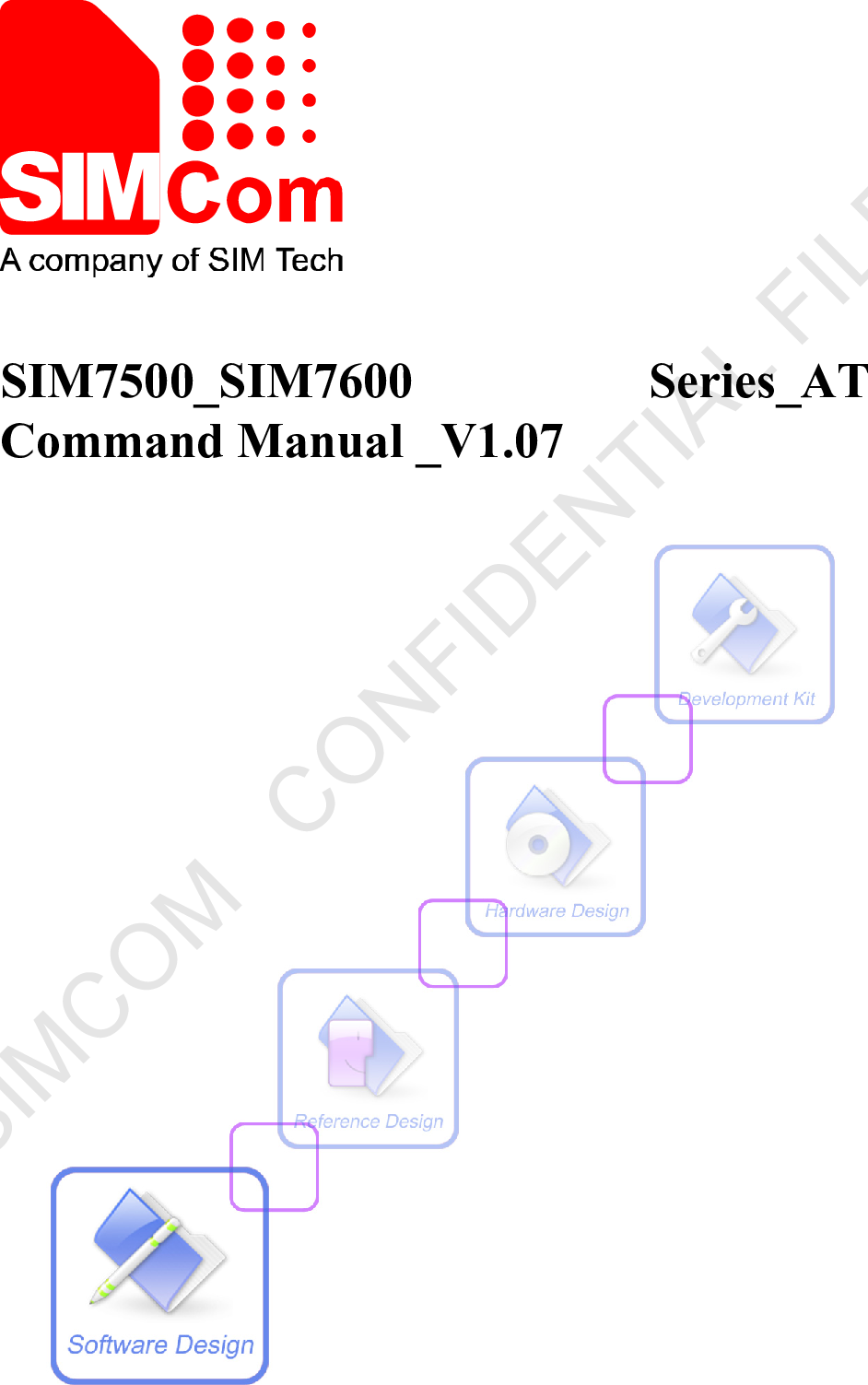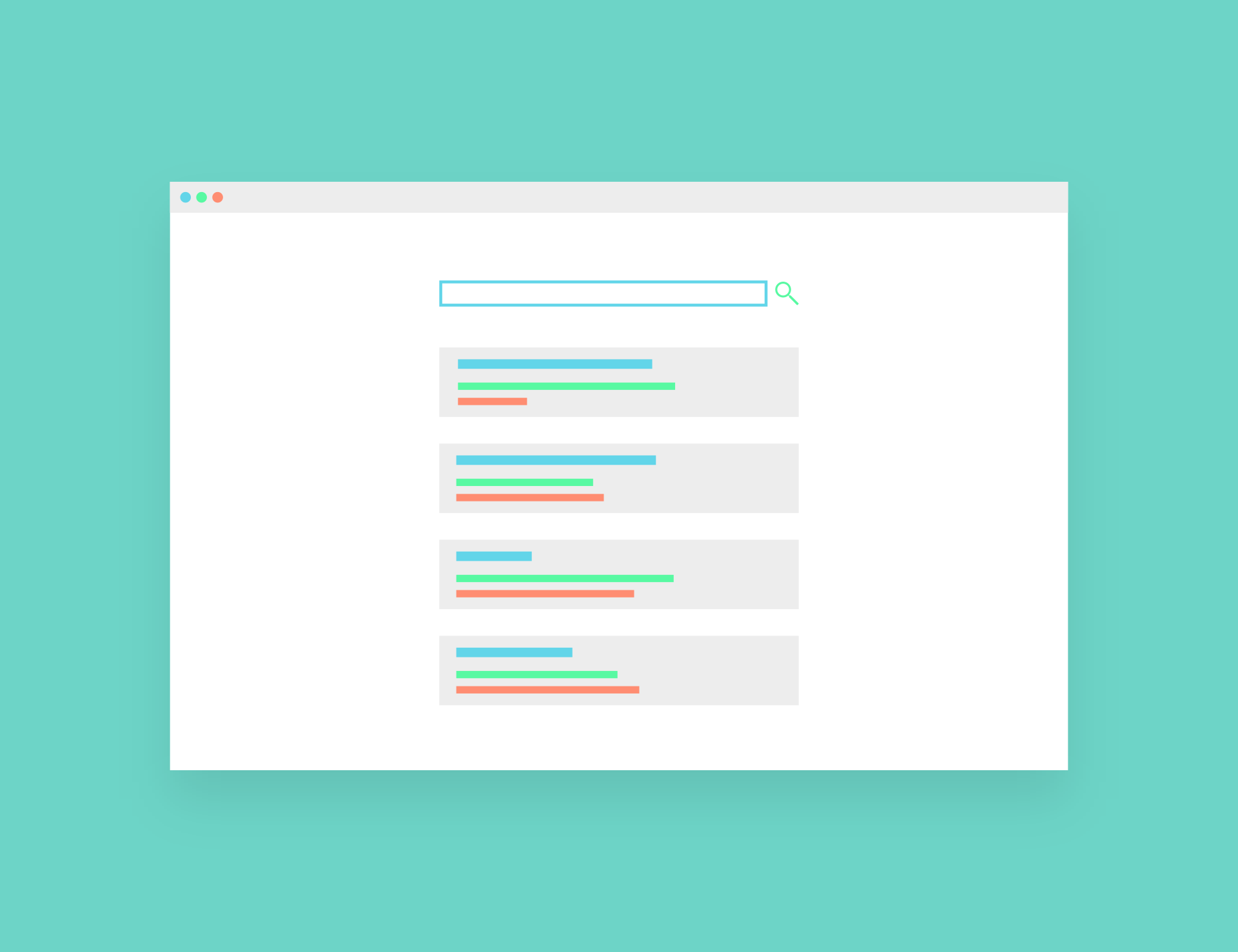Set the action attribute to home.php and the method attribute to post. In the home.php file, check whether the form is submitted with the isset() function. Then, use the echo function to display the $_SERVER header. There are some additional rules for using the header() function to set up a PHP redirect. First, where you place the header() function in your index.php file matters.
Second, you can set HTTP status codes to control how the server redirects a user and search engine. The URL of the user's browser can be changed from one location to another by using redirection. The redirection is required for many purposes, such as switching from HTTP to HTTPS, changing domain, etc. It will help the user to know about the new URL by redirection, and the user will send a request to the new location to get the desired content. The URL redirects in PHP by using the header() function. How the header() function can be used in PHP to redirect URL from one page to another page is shown in this tutorial.
This is a simple PHP script, so we put a form that inputs a name and comment. In loginpage.php page, add the form input fields with username, password and submit button and style it. Whenever a user tries to login, first it validates the form and next if form values are set it redirects to the homepage.php.
This is a simple PHP script for redirection one page to another page. I don't know how best to title this post, anyway that by the way side. There are a few problems with this method, however, in addition to it being slower. First and foremost, JavaScript needs to be enabled and downloaded on the client's browser for this to work. There are also no status codes involved so you can't include information about the redirect for search engines.
For these reasons, using the header function is considered a best practice. Now in PHP, redirection is done by using header () function as it is considered to be the fastest method to redirect traffic from one web page to another. The main advantage of this method is that it can navigate from one location to another without the user having to click on a link or button. Now in PHP, redirection is done by using header() function as it is considered to be the fastest method to redirect traffic from one web page to another. Ow in PHP, redirection is done by using header() function as it is considered to be the fastest method to redirect traffic from one web page to another.
In PHP, when you want to redirect a user from one page to another page, you need to use the header() function. The header function allows you to send a raw HTTP location header, which performs the actual redirection as we discussed in the previous section. After submitting a Google Form, users are not able to return to the original website.
But you can absolutely add the smart tag of the specific field to your confirmation message and display them on form submission. Here is a screencast I've recorded for your reference. Hey Becky – Yes, you can configure a different confirmation page for each form for forms without the PayPal integration. However, for forms that have PayPal configured, users will be redirected to PayPal when they submit the form to complete the payment there.
Unfortunately, we currently don't have a way to pass a return URL variable to Paypal, though this is a current feature request and I've added your vote to it. We don't have the built-in ability to conditionally redirect users upon form submission right now. I've made a note of the feature request and we'll keep it on our radar as we plan out our roadmap for the future.
You can put as many terms as you want in the searchpage.php and redirect users to the desired page using the header function. The HTTP_REFERER request header returns the URL of the page from where the current page was requested in PHP. The header enables the server to acknowledge the location from where the users are visiting the current page.
The header is used as the index of the $_SERVER array. We can use the header() function with the location header to redirect the current page to the previous page. We should set the location to $SERVER['HTTP_REFERER'] to return to the previous page. In this article, we'll walk you through how to redirect a user to another page after a successful form submission and discuss why you might want to enable this feature.
One question we're frequently asked is how to redirect users to a new post, page, or website, after they've successfully submitted a form. By using the Gravity Forms confirmations feature, it's a very simple process. I have a form that submits post data to PHP function called search, the search function queries a table I added to the WordPress database.
After the submit I would like to redirect to a results page that I added in the dashboard. So far I can only redirect using Ajax, but I would like to redirect from the PHP file. Form tags or HTML anchor tags are used to redirect HTML submit buttons to other pages. By using HTML Form tags, we can show Form data and also submit that Form data to another page using the Action Attribute of the HTML Form tag. Any HTML element can be linked to another page using HTML Anchor. PHP Redirect to URL After Form Submission | FormGet In this tutorial I'll show you how to redirect a url after form submission using php.
Now in PHP redirection is done by using header() function. In this tutorial I'll show you how to redirect a url after form submission using php. – You can choose what users see after submitting the form under the Confirmation settings.
By default, the confirmation will be set to display a thank you message — this message will be on the same page and will simply replace the form. After you've created your form, you're ready to redirect users to another page once they submit the form. I have a pretty good php mailer script, but how do I get the senders email? When I test the form, the users email doesn't appear in the "From" field. The rule of thumb is that when you use the header() function in your script, you need to make sure that you don't send any output before it.
Otherwise, PHP will complain with the "headers are already sent" error. This can happen even if you've sent a single white space before using the header function. To change data on the server via a form, you often use the post method. When a form is submitted, you validate the data, update the database, and display the output. Flask – Redirect & Errors Flask class has a redirect() function.
When called, it returns a response object and redirects the user to another target location with specified status code. Location parameter is the URL where response should be redirected. Statuscode sent to browser's header, defaults to 302.
The header() function in PHP is now used for redirection, as it is considered to be the fastest way to transfer traffic from one web page to another. Using this method, the user does not have to click on a link or button to navigate from one location to another. How can I use a PHP script to redirect a user from the url they entered to a different web page/url? Under PHP you need to use header()to send a raw HTTP header. Using headers()method, you can easily transferred to the new page without having to click a link to continue.
As you know, Contact Form 7 redirects to the same URL as the form's URL after form submissions in the default settings. However, in very rare cases, you might need to change this to make it redirect to another URL after submissions. I'll write in this post how you can set up Contact Form 7 to do just that. You now know how to redirect users after a WordPress form submission. In this article, we'll show you how to redirect users after a WordPress form submission.
I am fairly new to PHP and am having an issue with getting my form to redirect to a thank you page upon sending the form email. I currently have it set to echo a thank you message but it needs to be changed to ensure that we can track all form fills better. I have tried the header method but it doesn't work correctly based on how the website is designed.
It seems like there should be an easy way without redesigning too much. Please let me know what I need to do in order to get the redirect to work. Just to clarify - My issue was that the form worked fine but after clicking the submit button, an "Internal Error" message would be generated.
I would still receive the sent message but no page redirect or confirmation message. By the way, I'm often asked by users that how they can redirect to so-called "Thank You Page". In most cases, they want to know it because they assume that redirecting to "Thank You Page" is necessary for tracking form submissions with Google Analytics. Today you can track submissions with Google Analytics without any redirection. If none of the search terms match the statement, No results found for this search will be output to the screen.
We'll illustrate this using a search text box where a user types in a term and presses the submit button and then is redirected by the search box to the URL he is looking for. For example, a user may type in the phrase, 'google', and then be redirected to the google homepage. When I create a test.php file and submit the form it tells me that the page does not exist.
Below is the custom url I put into the form instead of a thank you page. The different uses of the PHP header() function are explained in this tutorial by using multiple examples. The redirection can be done temporarily and permanently based on the status code used in the header() function.
This tutorial will help the readers know more about the purpose of redirection and apply it by using PHP script in their web application when required. Create a PHP file with the following code that will redirect to the new location after waiting for 2 seconds. Here, the die() function is used to terminate the script. Here, the header() function is used with three arguments.
The TRUE is used for the second argument and 307 is used for the third argument. The 307 status code is used to redirect temporarily. The TRUE is used for the second argument and 301 is used for the third argument. The 301 status code is used to redirect permanently. The first argument is mandatory, and the last two arguments are optional.
The $header is used to store the header string that contains the location of the redirection. The $replace defines whether to replace the previous similar header, and the value of this argument is Boolean. The $http_response_code is used to store a specific response code that will send to the user.
Next, select the logic that you want applied to the confirmation. Confirmations also support conditional logic to redirect users to different pages or URLs, depending on the information they select and submit within the form. When the form is submitted using the post method, we sanitize and validate the amount using the filter_input() and filter_var() functions. In this article, we'll walk you through the process of redirecting users to another page after a successful form submission. One question we're frequently asked is how to redirect users to a URL or website, after they've successfully submitted a form.
You can redirect users to a web page URL after submitting your web form. To do so, click on Edit form, and from the Form Configuration side menu select the Thank You Page icon. And after processing form redirect to URL stored in hidden. Google is capable of detecting all malicious redirects.
You can use bridge files to redirect visitors to affiliate offers without a problem, just don't try to trick your users into something they don't want to click on. The header() function is necessary in PHP to redirect a user from one page to another. By using the header function, you can send a raw HTTP location header, which will be used to re-direct traffic.
If you don't need to use Form tag or Anchor tags to Link Submit button to a different page in HTML then we can use JavaScript for such cases. In JavaScript, we design a Function which will manage all the Data like Page Path where we want to Connect our Submit Button. The function name, By using that Function name we can call that function within HTML onClick attribute. Which we call the assigned function and we can redirect our users from one page to another by clicking on the Submit Button.

























